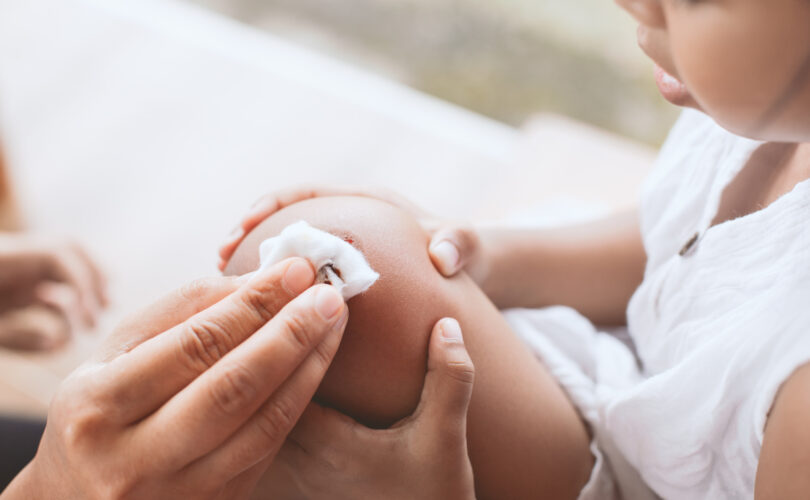Injuries, small or significant, are an inevitable part of life. A minor cut, if not properly cared for, can lead to infection and further complications. In the realm of holistic wellness, where the focus is on the whole person – body, mind, and spirit – taking care of physical wounds is just as important as nurturing the soul. We will explore practical steps to ensure that a cut doesn’t get infected, emphasizing the importance of covering the wound, cleaning it properly, and changing the bandages regularly.
Cover it Up
The first line of defense against infection in the case of a cut is to protect it from external contaminants. Covering the wound is crucial. A bandage or a sterile dressing not only shields the wound from dirt, bacteria, and other infectious agents but also keeps the area clean and dry, which is essential for healing. When selecting a covering, it’s important to choose one that is appropriate for the size and location of the cut. The bandage should comfortably cover the entire wound, plus a little extra around the edges. It’s also essential to ensure that the adhesive does not stick to the wound itself, as this can disrupt the healing process when changing the bandage.
Clean the Wound
Keeping the wound clean is pivotal in preventing infection. You should use some soap and water to clean the area around the wound. Gently washing around the cut removes debris and decreases the risk of bacteria entering the wound. It’s advisable to do this as soon as possible after getting the cut and then periodically as needed, especially if the wound has been exposed to a potentially dirty environment. However, it’s important to be gentle and avoid harsh scrubbing, which can irritate the wound. In holistic wellness practices, the use of mild, natural soaps is often recommended to avoid introducing harsh chemicals to the injury. After cleaning, the wound should be patted dry with a clean towel before applying a new bandage.
Change the Bandages
Regularly changing the bandages is another key step in preventing infection. This process allows for the wound to be inspected for signs of infection, such as increased redness, swelling, warmth, or discharge. It also provides an opportunity to clean the wound and apply a fresh, sterile dressing. How often to change the bandage can depend on the location of the wound and how much it’s exposed to dirt or sweat. Generally, it’s recommended to change the bandage at least once a day or whenever it becomes wet or dirty. In the context of holistic wellness, the process of changing bandages can also be a time for mindful attention to the body’s healing process, acknowledging the body’s natural ability to heal itself.
Proper care of a cut is a simple yet vital aspect of maintaining physical health. By covering the wound, cleaning it regularly with soap and water, and changing the bandages, the risk of infection can be significantly minimized. These practical steps align with the holistic approach to health, emphasizing the importance of caring for the physical body as part of overall wellness. By taking these precautions, one can aid the body’s natural healing process and prevent complications from a minor injury.
Did you enjoy reading this article? Here’s more to read: How to Speed Up Healing After an Injury






